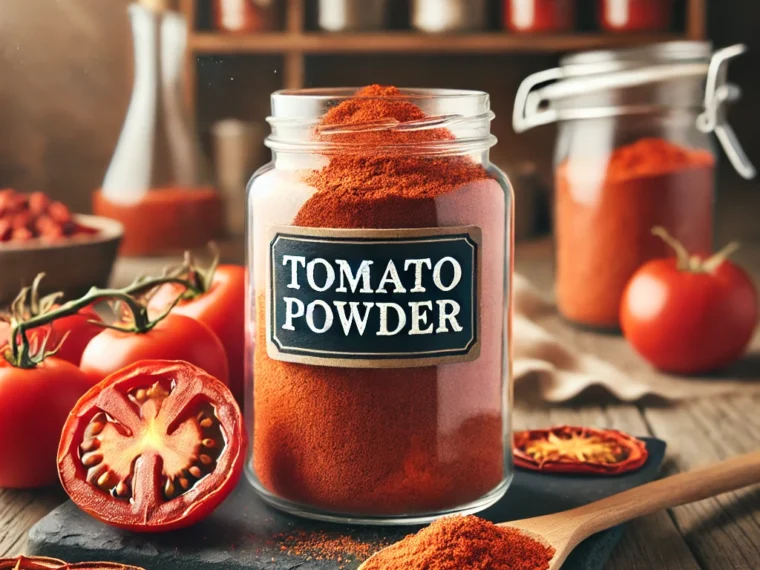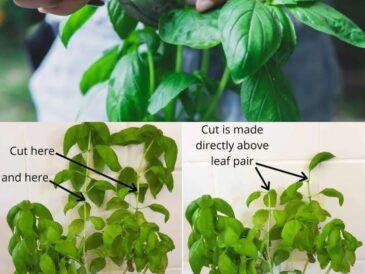Tomato powder is a versatile and flavorful ingredient that can transform your cooking. Made from dehydrated tomatoes, it captures the rich, tangy essence of ripe tomatoes in a concentrated, shelf-stable form. This guide will show you how to make your own tomato powder at home and explore ten creative ways to use it in your kitchen.
Why Make Tomato Powder?
Homemade tomato powder offers several advantages:
- Flavor: It delivers an intense tomato taste that enhances dishes without adding moisture.
- Convenience: It’s easy to store and lasts longer than fresh tomatoes or tomato paste.
- Customizable: You control the flavor, texture, and ingredients.
- Zero Waste: It’s a great way to use excess tomatoes or preserve your harvest.
How to Make Homemade Tomato Powder
Ingredients
- Fresh, ripe tomatoes (any variety works, but Roma tomatoes are ideal due to their lower water content).
Equipment
- Sharp knife
- Dehydrator or oven
- Food processor or blender
- Airtight container for storage
Step-by-Step Instructions
- Prepare the Tomatoes:
- Wash the tomatoes thoroughly.
- Remove the stems and blemishes. If desired, peel the tomatoes for a smoother powder.
- Slice the Tomatoes:
- Slice the tomatoes into thin, even pieces (about 1/4-inch thick) to ensure uniform drying.
- Dehydrate the Tomatoes:
- Using a dehydrator: Arrange the slices on the dehydrator trays without overlapping. Set the dehydrator to 135°F (57°C) and dry for 8-12 hours or until the slices are brittle.
- Using an oven: Place the slices on a baking sheet lined with parchment paper. Set the oven to its lowest temperature (around 170°F or 75°C) and dry for 6-8 hours, flipping halfway through. Leave the oven door slightly ajar for airflow.
- Grind into Powder:
- Once the tomato slices are completely dry and crisp, grind them into a fine powder using a food processor, blender, or spice grinder.
- Store:
- Transfer the tomato powder to an airtight container. Store it in a cool, dark place to maintain freshness for up to a year.
10 Creative Ways to Use Tomato Powder
TO CONTINUE READING THE ARTICLE PLEASE SEE PAGE 2




